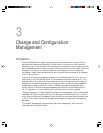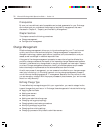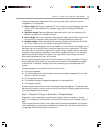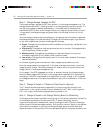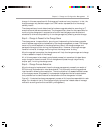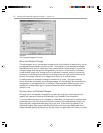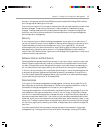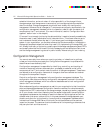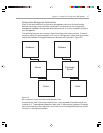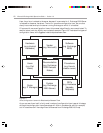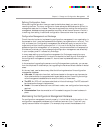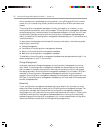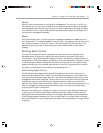
Microsoft Exchange 2000 Operations Guide — Version 1.044
schedule information, and work orders. It is the responsibility of the change initiator,
change manager, and change owner to ensure that you have appropriate documentation
about the change. Change management should also work closely with configuration
management to ensure that all changes to IT components are properly documented in the
configuration management database, which is a repository used to track the status of all
components of the IT environment. (For more information, see the “Configuration Man-
agement” section later in this chapter.)
Of course it is not enough just having the data available, it needs to be easily accessible by
those who need it, easily searchable, and of a standard form. This allows others to get to
and understand the data when they see it. If you have a good knowledge management
system in your organization, you are able to ensure that the documentation is available to
the appropriate people where and when they need it. By implementing Exchange 2000, you
will already have many of the tools to create a good knowledge management system! RFCs
can be easily submitted via Microsoft Outlook
®
messaging and collaboration client forms
and the change management log stored in public folders, indexed using full text indexing.
Configuration Management
You cannot accurately know where you want to go today, or indeed how to get there,
unless you know where you already are. Configuration management is a process which
determines and records exactly that.
Configuration management is responsible for identifying, controlling, and tracking all
versions of hardware, software, documentation, processes, procedures, and all other
components of the IT environment under the control of change management. These items
are referred to as configuration items and all changes to them are recorded and tracked
throughout the component lifecycle.
Central to configuration management is the configuration management database. The
configuration item data controlled by configuration management is stored in the configu-
ration management database, which is a relational database used to track configuration
items in the IT environment.
What makes configuration management so useful to your organization is that the relation-
ships and dependencies between configuration items are recorded. As a simple example,
imagine that an RFC is submitted to the change manager, requesting a memory upgrade on
all of your domain controllers. Assuming that the request is approved, the configuration
management database can be checked to see which users and which applications will be
affected when that server is taken offline. In this case, because Exchange depends upon
domain controllers for its functionality, the configuration management database would
indicate how Exchange 2000 Server functionality would be affected and the resultant
impact on the users. The users can then be forewarned of the impending problems so that
they can plan their activities around it.




